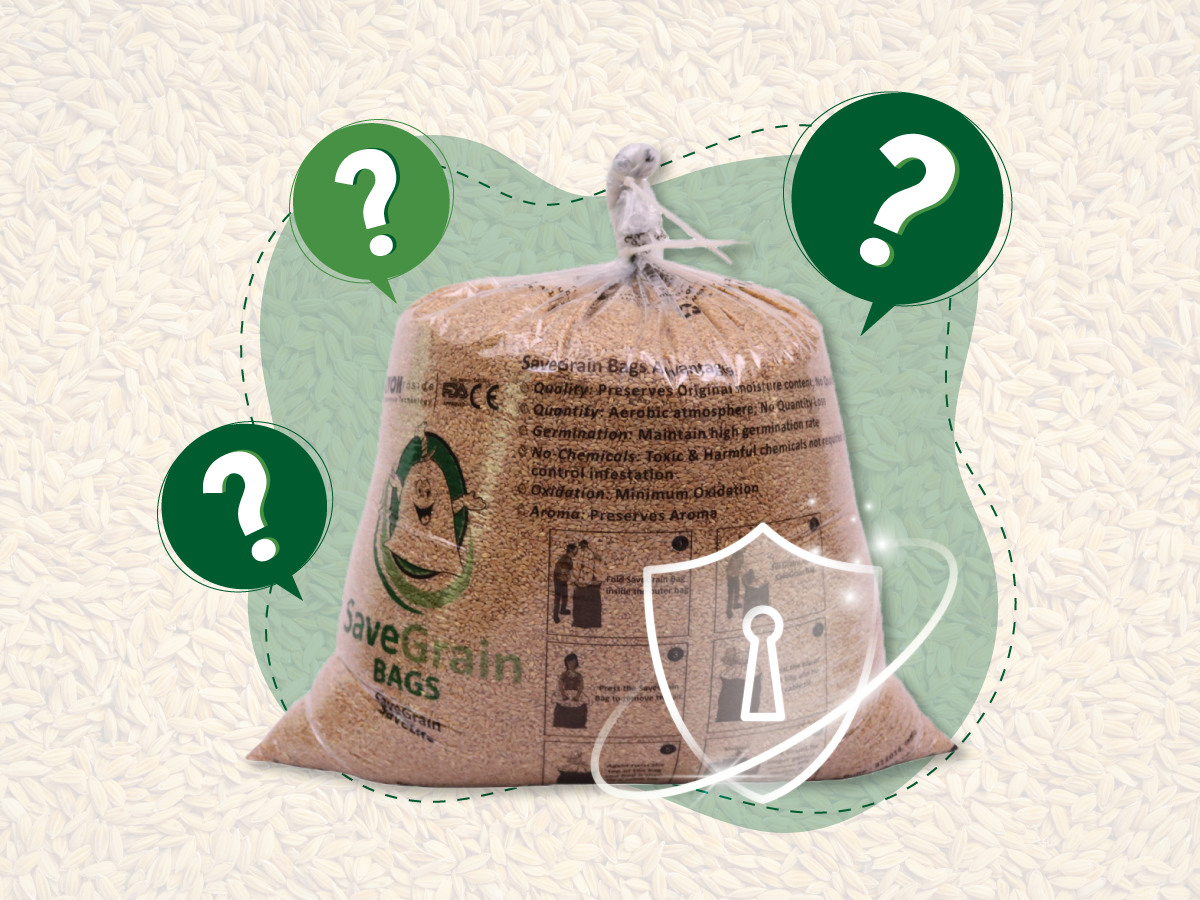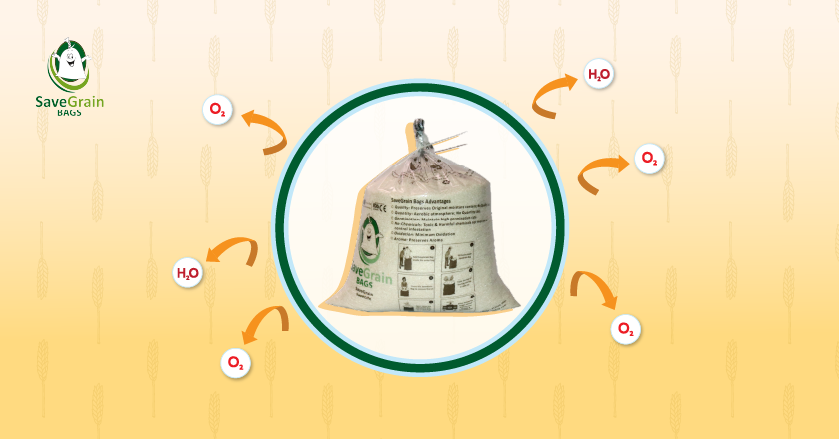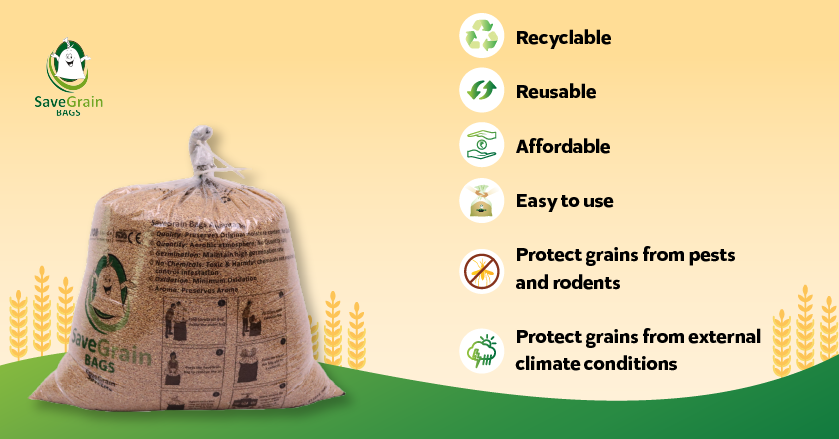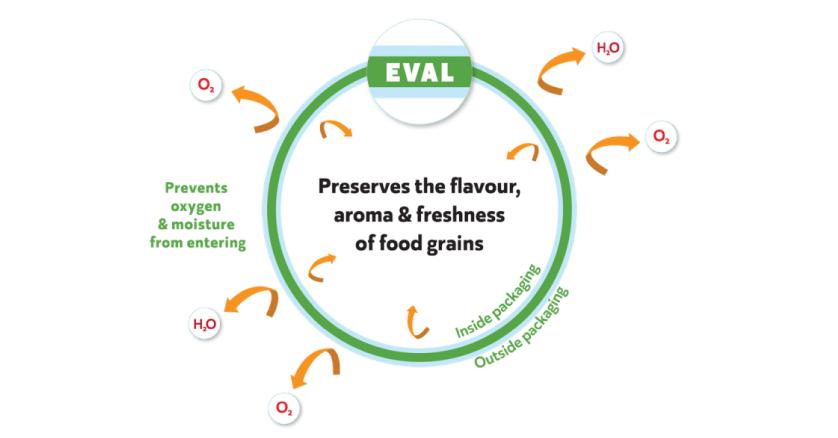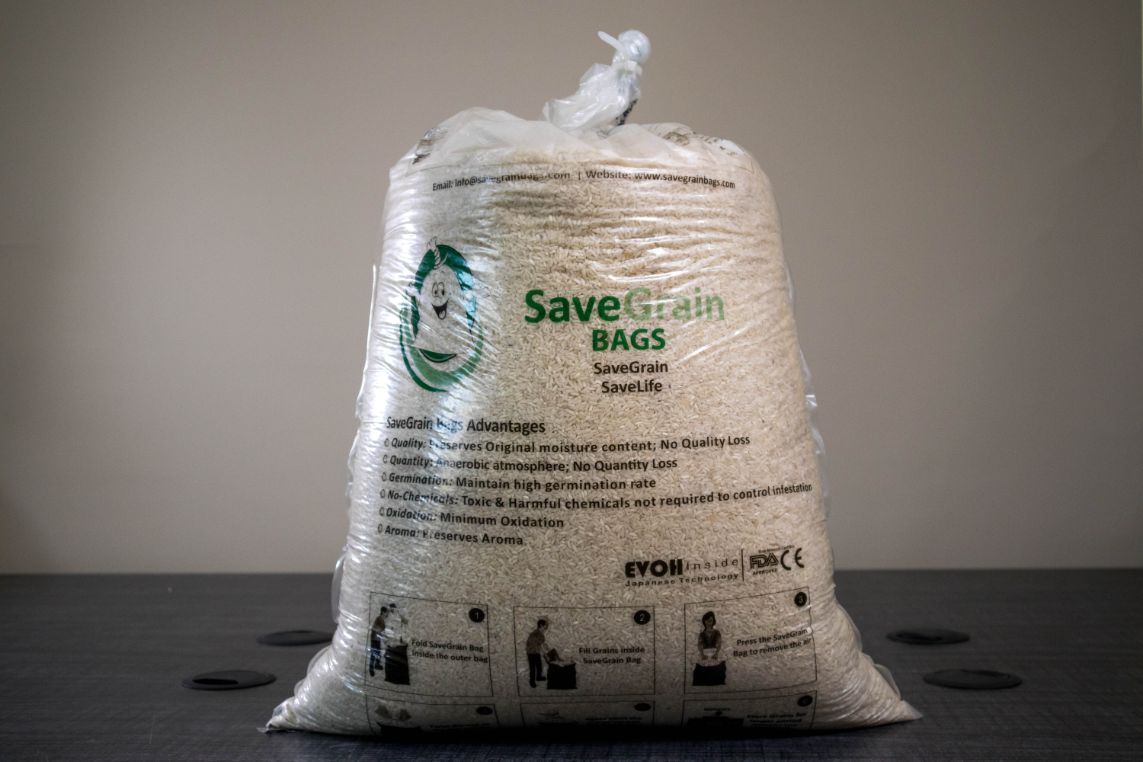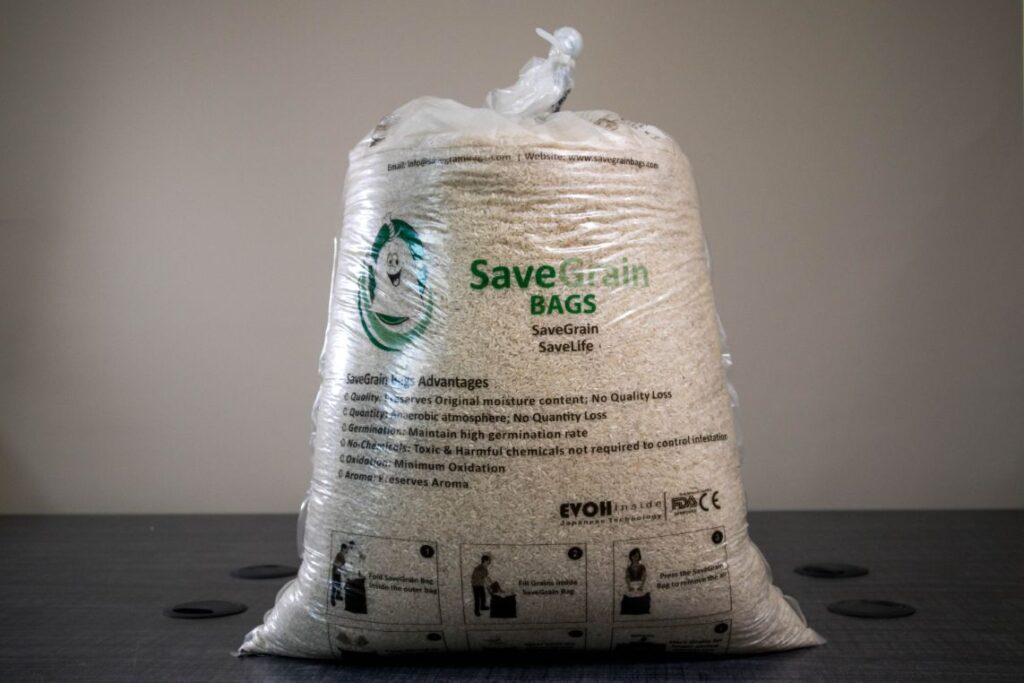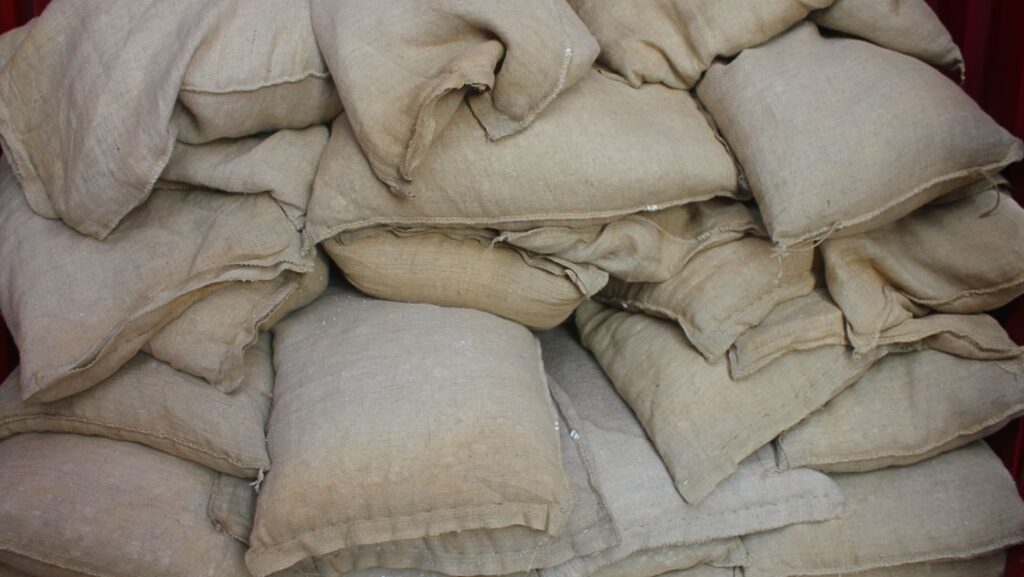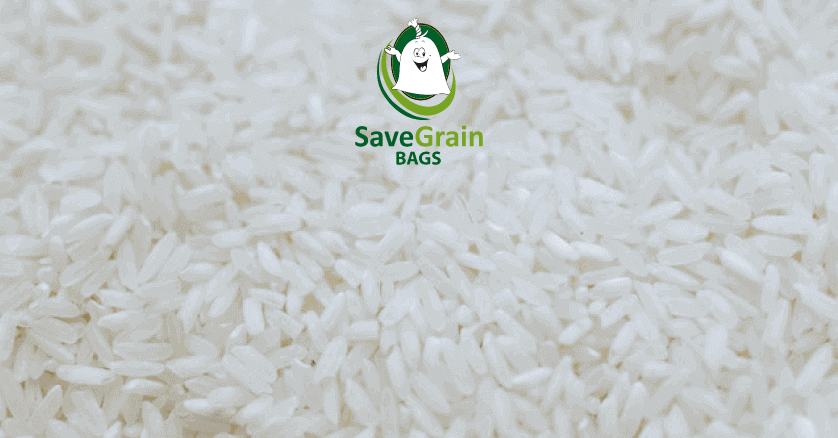Do hermetic bags improve food security?
Deteriorating food security is one of the most severe problems faced by the world in recent times. According to a report by the World Bank, approximately 30 percent of the world’s population lacked access to adequate food in 2020 and into 2021. Agriculture-based economies including India are the worst hit by the current state of agriculture.
The primary factor contributing to the deteriorating food security is the lack of storage and transport facilities. Most of the Indian population depends on farming for their livelihood and cannot afford large and expensive storage systems like metal silos.
Owing to the advancements in technology, hermetic storage proves to be the solution to overcome any loss faced due to storage resulting in improved food security.
Hermetic technology is the use of air and moisture-tight components to store goods that are prone to degradation when exposed to air moisture, or other objects. Hermetic technology safeguards products inside a container by maintaining a regulated environment. This means that neither oxygen nor other gases, nor moisture or other particles like dust, can enter or leave. Reinforced hermetic containers and hermetic bags also prevent pest infestation.
Hermetic Bags provides a secure way of storage for the farmers and has various benefits to it.
Longer storage time:
Due to a lack of storage options, farmers are forced to sell their produce at lower prices before the produce goes bad. In some instances, due to improper storage, the product is degraded or infested by pests even before the farmer sells it. This causes a huge loss to the farmers. Hermetic bags create a moisture-controlled environment that prevents any air from entering or leaving the bags. In such a controlled environment, there are no chances of pest infestation or loss of grain quality. Therefore, farmers can sell their goods at desired times and prices as there is no fear and danger of post-harvest loss.
No pesticides required:
Pest infestation is one of the most notorious reasons for post-harvest losses. To avoid these losses farmers use heavy insecticides and pesticides while storage. There are numerous health hazards due to the use of pesticides. They are fatal not only for humans but for animals as well. Without the use of pesticides, Hermetic Bags guarantee the most efficient storage. There are several health risks associated with the usage of pesticides. Farmers can control pests without using pesticides or insecticides through Hermetic Bags. As the hermetic technology blocks moisture inside the bags, incests and pests cannot breed in a moisture-deficient environment. Therefore, to keep insect infestations under control and preserve grain quality, hermetic technology is sufficient.
Cheap and affordable for everyone:
Hermetic bags are an excellent storage option that outweighs traditional grain storage methods. Hermetic bags ensure efficient storage which is cheaper and more affordable when compared it to other storage options. We can store a wide range of dry goods, including all kinds of grains, cereals, lentils, pulses, and seeds in hermetic bags. Flour, herbs, and spices can also be kept in hermetic bags. In recent years, storing coffee and cocoa beans in hermetic bags has gained a lot of popularity. You can also use these bags to store other nuts, like cashew and peanuts.
These bags are available in a range of sizes up to 50 kg and can be used both domestically and commercially. Hermetic bags are the best type of storage, particularly for sustainable agriculture. Additionally, these bags have a lot to offer the environment. These bags are entirely eco-friendly, which means that they can be recycled and that they will eventually decompose. These bags are very reusable and encourage sustainability in agricultural management since you can use one bag for up to three years.
The benefits of hermetic bags outweigh those of conventional grain storage techniques. In India, they are also a successful alternative for reducing grain storage losses and enhancing food security for the same reason. Hermetic Bags retain grain quality without the use of pesticides while also preventing pests and insects. Additionally, they can hold a considerable amount of food grain and are cheap, simple to use, recyclable, and reusable. It is therefore ideal for storage to increase India’s food security.
There are many websites where you may buy hermetic bags. A great option for hermetic bags is Save Grain Bags. These bags are available for purchase from their website at (weblink). The size options for the Hermetic Bags from Save Grain Bags are also quite extensive.Hermetic Bags are the long-term answer to enhancing food security. Hermetic storage bags are available from Save Grain Bags to protect agricultural products from insect infestation and climatic changes, maintaining the grain in its purest form, hence improving food security in India.
